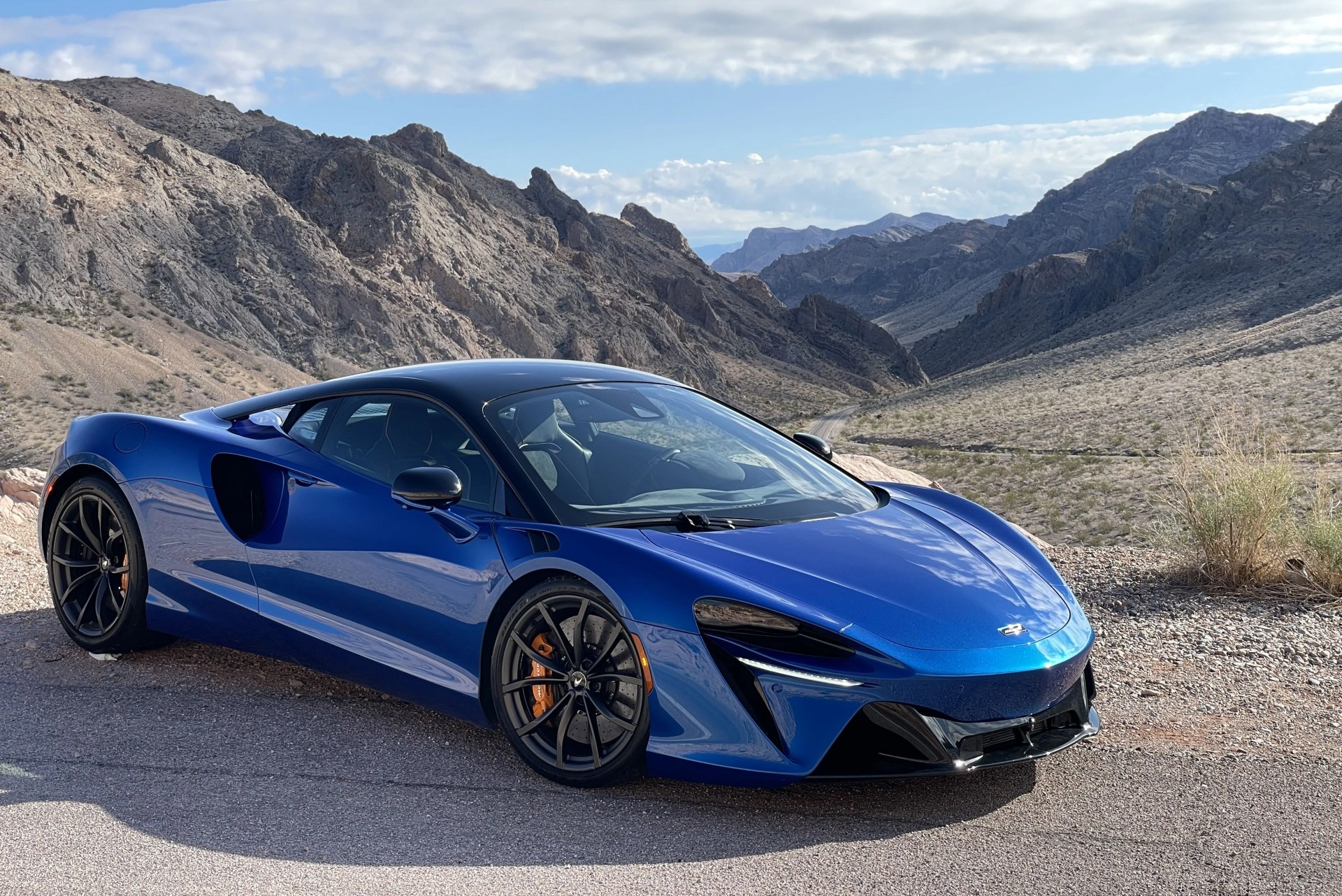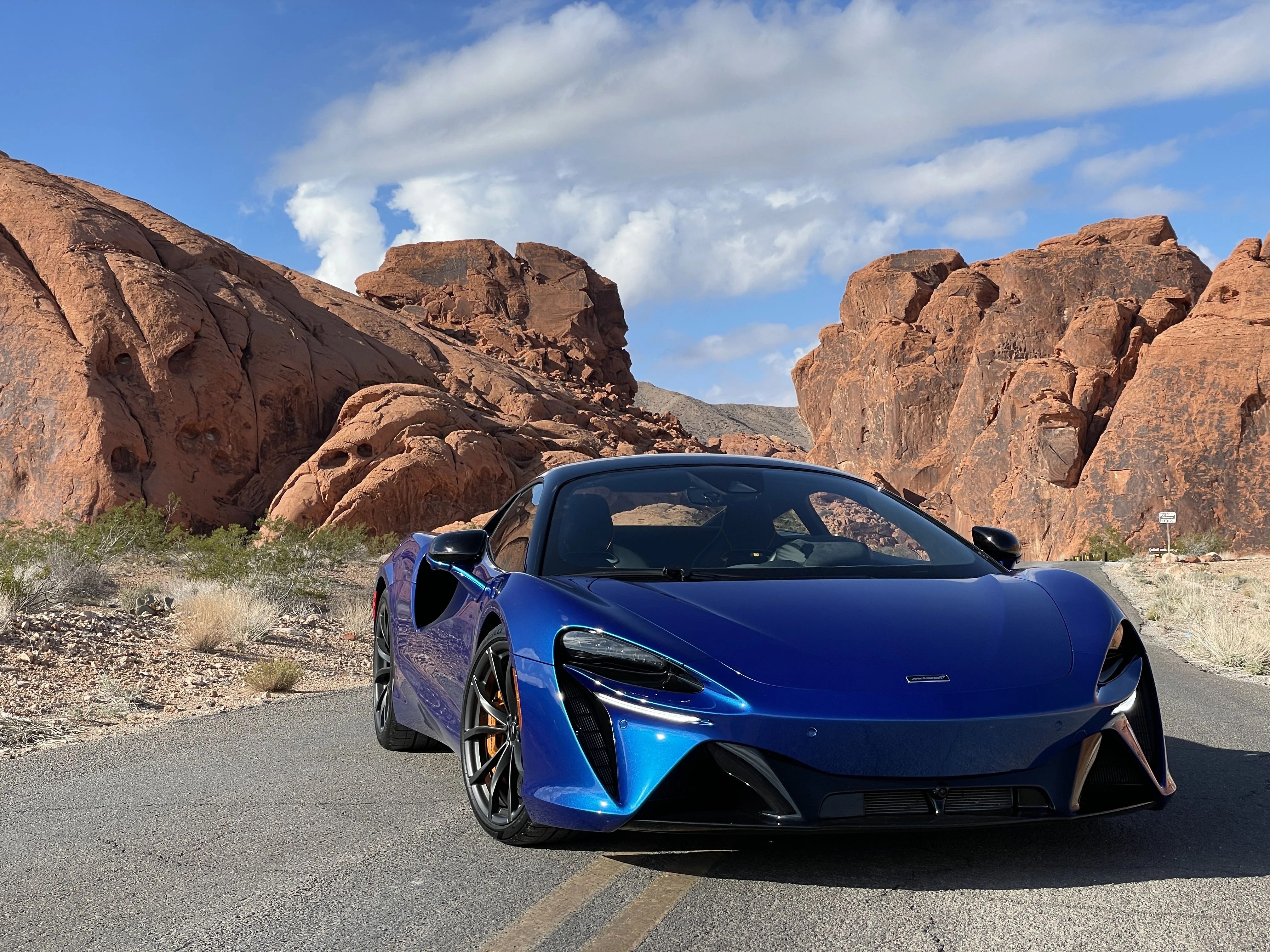While there may be some doom and gloom around the state of McLaren Automotive these days — i.e. selling off their headquarters only to rent it back in order to scrape together some short-term capital — it’s worth pointing out just how monumental a feat the company’s continued existence even is. History is littered with upstart supercar makers who thought they could find fame and fortune with a sleek mid-engined design and a couple generous investors, only to crash and burn in sometimes-spectacular, sometimes-pathetic fashion.
McLaren, however, has managed to do what no brand since Lamborghini was created out of Ferruccio’s rage back in 1963 has pulled off: create a credible Ferrari rival. Inspired by the legacy of the McLaren F1 and the carmaker’s long Formula 1 racing history, McLaren Automotive was formed back in 2010 and launched its first car, the MP4-12C, a year later. Since then, the company has grown to produce an array of supercars and hypercars.
In recent years, the lineup has generally consisted of three tiers: Sport Series (the 570S and its variants, such as the 600LT); Super Series (the MP4-12C-cum-12C that was facelifted into the 650S, followed by the 720S and the spicier 765LT); and Ultimate Series (hypercars like the P1, Speedtail and Senna). That plan, though — like quite a few at McLaren recently — has come to an end. Today, the entry-level model is the GT hatchback; the Sport Series is gone. Above the GT lie two supercars: the existing 720S, and the all-new Artura that sits ever-so-slightly below it.
What makes the McLaren Artura special?
 Will Sabel Courtney
Will Sabel CourtneyIf you’re asking in terms of what makes it special by the standards of the overall automotive realm, well, take a look: it’s a mid-engined supercar, a category that includes many of the most unique, exciting cars money can buy.
If you’re asking what makes it special versus other McLarens, though, there’s plenty that isn’t obvious. The Artura is the first plug-in hybrid production car to come from the brand (previous ones like the P1 hypercar were limited-run models), and its engine — a 3.0-liter twin-turbo V6 — marks the first time a McLaren Automotive product has used a six-cylinder engine. It’s the first to use a limited-slip differential, the first to use an eight-speed dual-clutch gearbox (and the first to do without a reverse gear — when you back up, it just runs the electric motor the other way), the first to boast a redesigned, more user-friendly interior, and the first to use the brand’s new McLaren Carbon Lightweight Architecture chassis. On top of all that, the Artura is the first regular production car from McLaren Automotive to boast a proper name instead of a spoonful of alphanumeric soup for a moniker.
It’s also the first new Macca to arrive under the reign of the company’s current CEO, Michael Leiters. The former holder of important chairs at Porsche and Ferrari, Leiters has already brought what he learned at those esteemed brands to bear with the Artura. “In the past we accepted a non-mature product and would launch it and deliver it to the customers. The Artura was the first project where we didn’t do that,” he told Evo. “We saw that the car wasn’t mature, so we stopped deliveries…to fix our quality problems.”








